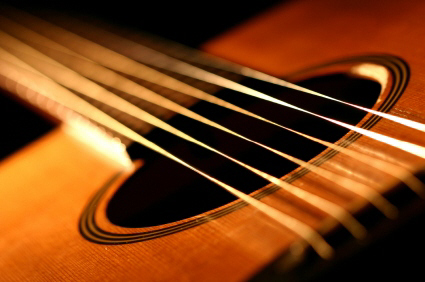I have been involved in an interesting project at Crash Symphony productions over the last few weeks. I have been recording and editing single guitar notes for a steel string acoustic guitar sampling suite. It is a bit of a painstaking task, we basically have to record every single note on the guitar apart from the accidentals in about a dozen different ways. Sustained, vibrato, hammer ons, pull offs, bend up, bend down, portamento slides up and down, harmonics, muted sounds and more.
We are basically replicating any sound that can be made on a guitar so it can be put together for a sampling suite. It is an extremely time consuming process that takes alot of patience and precision.
There are some things I have learned along the way that make life alot easier when it comes to recording for sampling.
1. Recording Studio Equipment
As with all recording it is important to have the right equipment. We are using a U47 for recording the notes which is one of the best microphones that money can buy. It gives a clear and true representation of each note so that when it goes into the sampling program it sounds top notch.
2. Recording Studio Playing
Obviously it is very important to have a great player. Some of the single notes we have to record such as those with vibrato are quite difficult to get right in the recording studio because of string and body noise. It is important to have a player that can play cleanly and minimise noise. The player also has to hold their breath while playing each note so as not to have any breath noise on the recording.
2. Recording Studio Fun
Recording for sampling programs is edious bu is made much easier by slowing down and not taking in too seriously. In our sessions we have noticed that we can get into a groove and it flows almost effortlessly.





